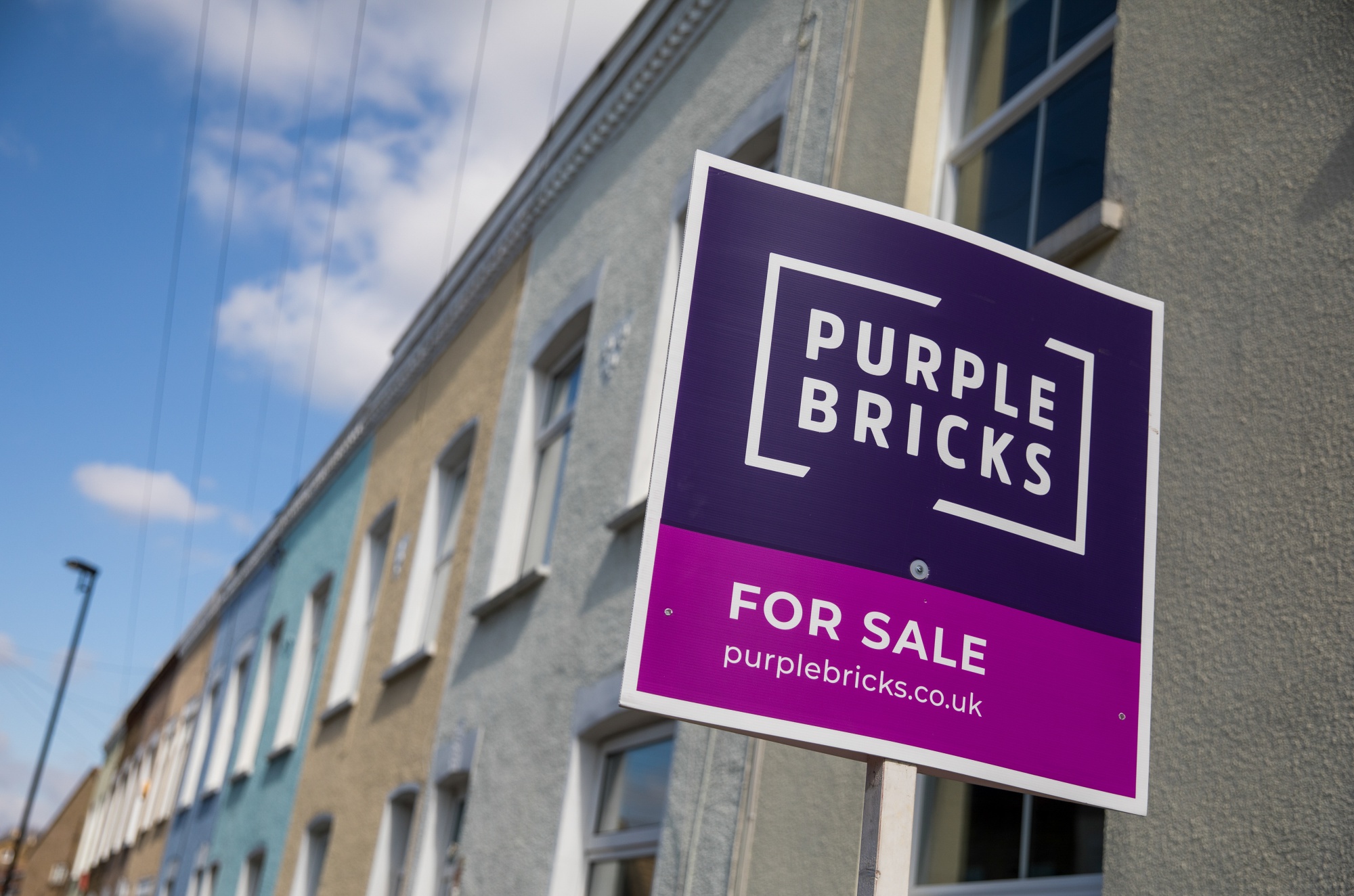Purplebricks Group plc (LON:PURP) is the topic of conversation when Zeus Capital’s Research Analyst Robin Savage caught up with DirectorsTalk for an exclusive interview.
Q1: Purplebricks Group, they’ve just released their full year results to the 30th of April. Robin, were there any surprises?
A1: Well, the results are suitably ahead of our forecast. The pleasant surprise is the unveiling of a new pricing strategy, which they trialled in the Northwest earlier this year in the second quarter and is being rolled out across the whole of the UK from this month.
So, the results were good, 13% rise in IFRS revenue to a £90.9 million, the 12% rise in the IFRS gross profit to £57.7 million and a step change in the adjusted EBITDA from just under £5 million to £12 million pounds and adjusted PBT of £8 million and operating cashflow of £13 million pounds. So net cash of £74 million as the update in May indicated. The results provide a solid base for upgrades later in the year.
The key elements of purpose of new pricing strategy is inclusion of a money back guarantee. If the company doesn’t obtain a proceedable offer within 12 month periods of marketing the property and the offer has to be within 10% of the valuation. If that’s the case, then the vendors will get that money back.
Management has carried out a six-week trial in the Northwest, in a highly competitive territory and the results are a 44% increase in brand consideration, an 18% increase in conversion in the living room and a 14% increase in instructions, which then carries through to completion.
So, for illustrative purposes, I would say that if you had 100 potential vendors around, about 87 out of the 100 with know PURP, about a third, let’s say 33 would consider using the company, about two thirds of these would actually invite PURP to pitch in their living room. So, say 22 out of 100, just 1-in-5 would actually instruct the company and then successfully sell the properties so that is about 4.6% share of sold properties. In this illustration, the 18% increase in conversion in the living room would result in an increase from 1-in-5 to 1-in-4, the company leading to an instruction.
So, you can see that that is a very helpful increase, I think that it’s clear that the money back guarantee is highly likely to result in an increase in instructions because it removes a potential reason to choose an alternative.
I think the final point on this, perhaps the best way to see the effectiveness of their new proposition is to see whether or not there’s any response from the industry and I think the answer is the industry will not like their decision to have a money back guarantee.
Q2: So, how will the company’s new money-back guarantee show up in their future revenue and profits?
A2: A very interesting question and I suppose the first thing to say is under international accounting standards, the company has to smooth its revenue and profit over the period from instruction to completion. So, initially, before international accounting standards change, initially when they were first launched, they recognised their construction revenue at the time of having the instruction, but that is no longer the case, it hasn’t been for the last few years. They have to smooth this over the whole period.
The impact of this pricing initiative will therefore become clear in terms of instructions earlier but that won’t necessarily come through in terms of the revenue and the profits so I think we should look for an increase in instructions in August, September, and October. October is their half year end. but the full impact on IFRS revenue and profits won’t come through until the full year results next year. So, they weren’t actually become clear until July 2022.
So, at the moment, we leave our forecasts unchanged, when we see evidence of the increase in instructions, we will increase our revenue expectations, whether that leads to an increase in profitability is a second issue because we need to see what provisions need to be made for this money back guarantee.
I think it is a well-timed proposal because we’re in a set of markets at the moment where sensible price property should receive interest. So, it’s making sure it’s properly priced, making sure that it broadens the market consideration so that the company is able to win more customers and eventually it should create shareholder value.
Q3: Finally, how should investors value Purplebricks Group shares?
A3: In the markets, the company’s shares are priced at approximately 85p per share, there are 306 million shares in issue so the equity market value is approximately £260 million and the group has £74 million of net cash, and that is 24p per share.
So, the shares are underpinned by substantial cash, the shareholders should feel comfortable that the businesses solidly backed by cash and is able to trade profitably. The enterprise value, net of cash is £186 million pounds and this should be seen in the context of the cost of building the company brand, the marketing spend alone was over £100 million. So, I think that the enterprise value is not too far adrift from the construction value of the company and it is a leading player in the digital space and it has been growing revenues and delivering a healthy cash margin.
So, if you divide the cash generation of £30 million by the IFRS revenue of the £90 million, you get a 14% conversion of revenue into cash and management are targeting an EBITDA margin of something similar multiple 25%-30% over time. This will only happen when the company has grown its market share from around about 4.6% to more like 7%/8%, it’s targeting a 10% market share, but I think we shouldn’t go there, we should be looking at something more like a 6%/7%/8% achieved over the next couple of years.
A simple and clear metric that investors should use, I think, is a multiple of either equity market cap or enterprise value to sales. The company is currently trading on under twice sales, this doesn’t in my view reflect their ability to grow its revenues and to deliver a healthy cash margin.
The Board is looking for the company, in the medium term, to grow its revenues by 20% per annum. I think we don’t want to go there in terms of setting expectations short-term I think that is a perfectly reasonable expectation, especially given their new money back guarantee promise and a sensible EV to sales multiple for a business capable of delivering 20% revenue growth and over 20% profit margins is certainly more than 4.5-5 times sales.
So, I think, at the moment, if you believe in their business model, if you believe that digital marketing is the right thing to do, if you believe that scale businesses actually get bigger than PURP, with the quality management team that they’ve got, appears to me to be undervalued at only twice times sales.








































